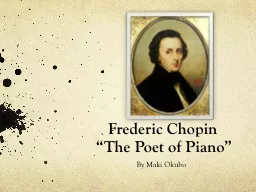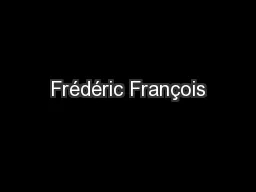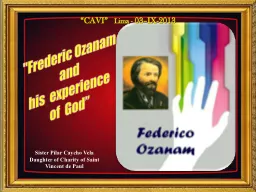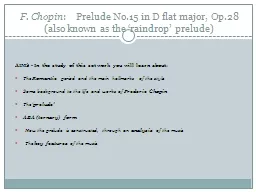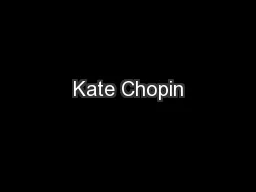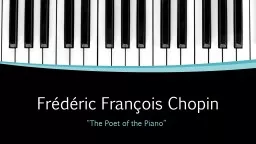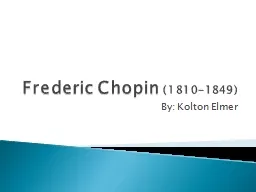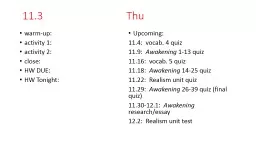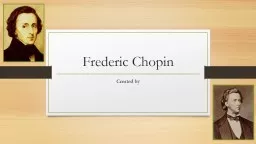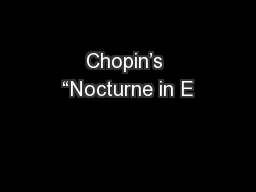PPT-Frederic Chopin
Author : phoebe-click | Published Date : 2017-08-24
The Poet of Piano By Maki Okubo Chopins Life Born on March 1 1810 in Zelazowa Wola Poland into a middleclass family He published his first composition by the
Presentation Embed Code
Download Presentation
Download Presentation The PPT/PDF document "Frederic Chopin" is the property of its rightful owner. Permission is granted to download and print the materials on this website for personal, non-commercial use only, and to display it on your personal computer provided you do not modify the materials and that you retain all copyright notices contained in the materials. By downloading content from our website, you accept the terms of this agreement.
Frederic Chopin: Transcript
Download Rules Of Document
"Frederic Chopin"The content belongs to its owner. You may download and print it for personal use, without modification, and keep all copyright notices. By downloading, you agree to these terms.
Related Documents

